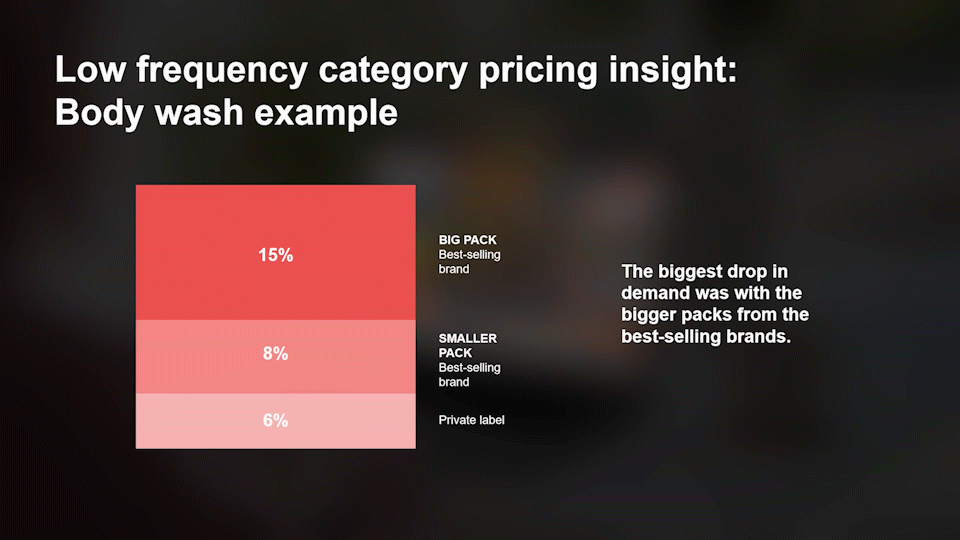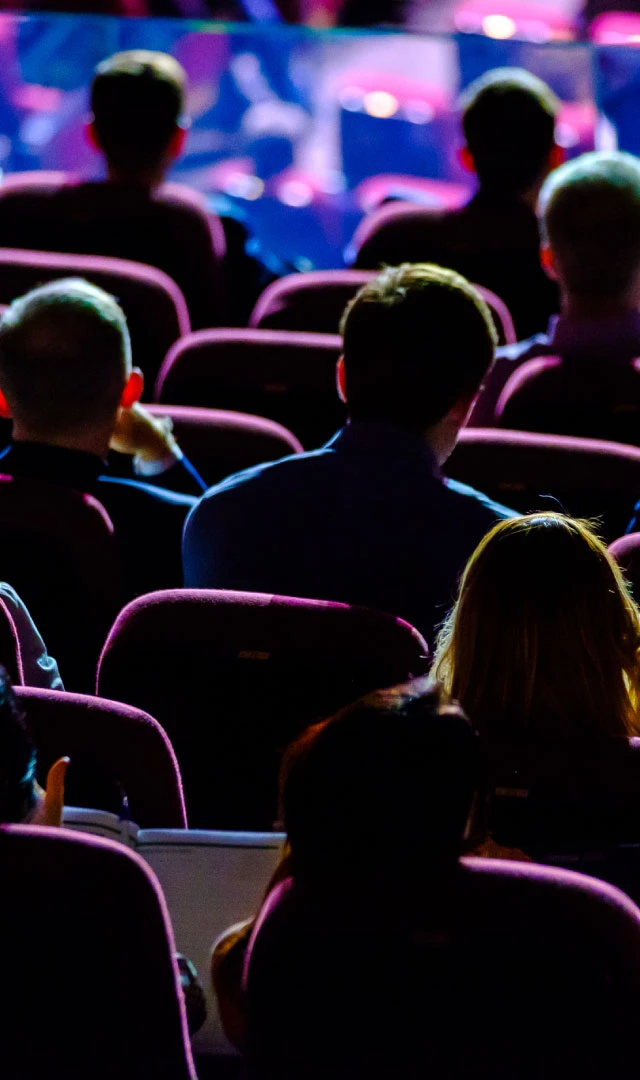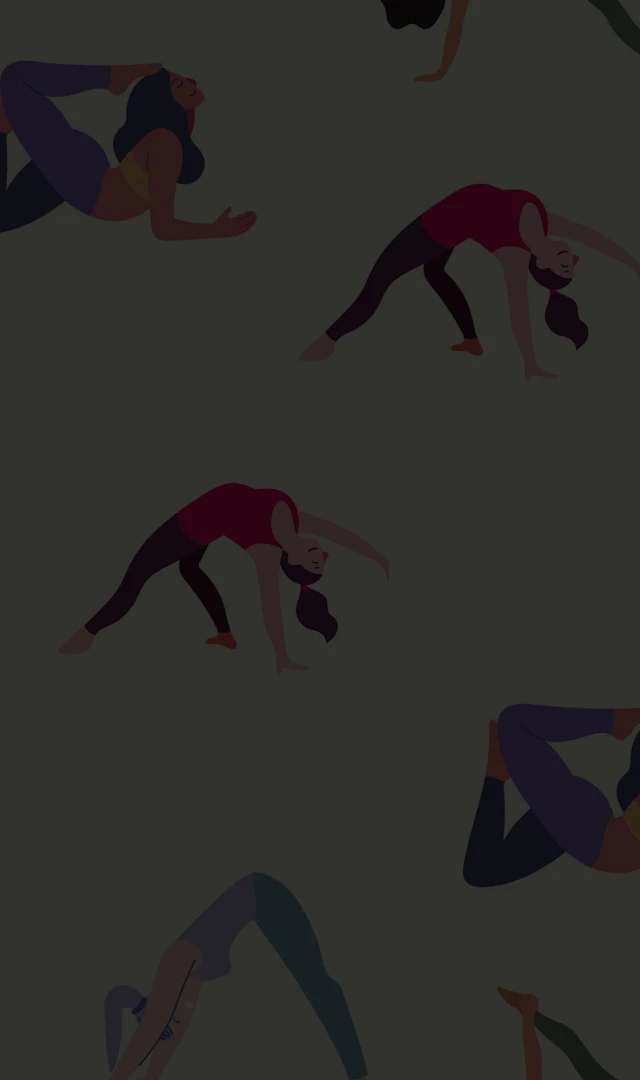by Joris De Bruyne, CEO at EyeSee
November is a special time of year; we summarize our insights and consumer behavior trends, workshop plans, and vision boards for the year to come to pin down the increasingly unpredictable (business) future. My mind inevitably goes back to the first ever bucket list EyeSee made in 2012 even before I joined Olivier and the initial team. The team that won me over with their big idea, passion, and dedication they already put into setting the foundation of what we see today. There was only one item on their agenda; launch a platform that would map the eye gaze using webcam and therefore exclude the need for central location testing.
Although our young core team knew what the goal was, we were yet to understand many things about how the market operates or where we could play our best hand. To say that our initial business strategy needed fine-tuning would be very generous. Thanks to key forward-thinking clients such as Lidl and Smurfit Kappa, we understood that we needed to bridge the technology and insights gap with an integrated offer.
11 years, 150+ team members, 7 global hubs and countless insights projects for leading clients in our key major industries, I find myself at the helm of the organization. The paradox is that I have way more unanswered questions now than I had in 2012, I’m empowered by the knowledge we’ve picked up as a team along the way. Our strategy is clear and still follows our initial compass of combining scalable behavioral methods.
Reflecting on our path to sustainable growth, here are three crucial lessons. May these insights inspire and ground your journey to expansion!
Big idea? Innovation is a marathon, not a sprint.
In 2012, Olivier Tilleuil (EyeSee’s founder) reflected on different consumer research approaches and noted two things.
Firstly, most shopping decisions are made in a split second and subconsciously; however, the go-to framework for researching these decisions were explicit methods. In most cases, respondents are not able to verbalize feelings or reasons behind their decisions, so it’s no surprise that surveys ended up being effective in predicting consumer behavior 6 out of 10 times; a little better than rolling the dice.
Secondly, methods measuring behavior such as eye tracking (mapping the eye gaze) or facial coding (mapping emotions) gave higher predictivity but were cumbersome and commercially inaccessible.
Developing online Eye Tracking was our first major win which solved the challenges Olivier keenly observed. Very quickly after, while working with our first clients, we were pushed to go beyond eye tracking – facial coding, interactive shelves, and many more methods were launched to meet the research needs of those determined to stay on top of the market.
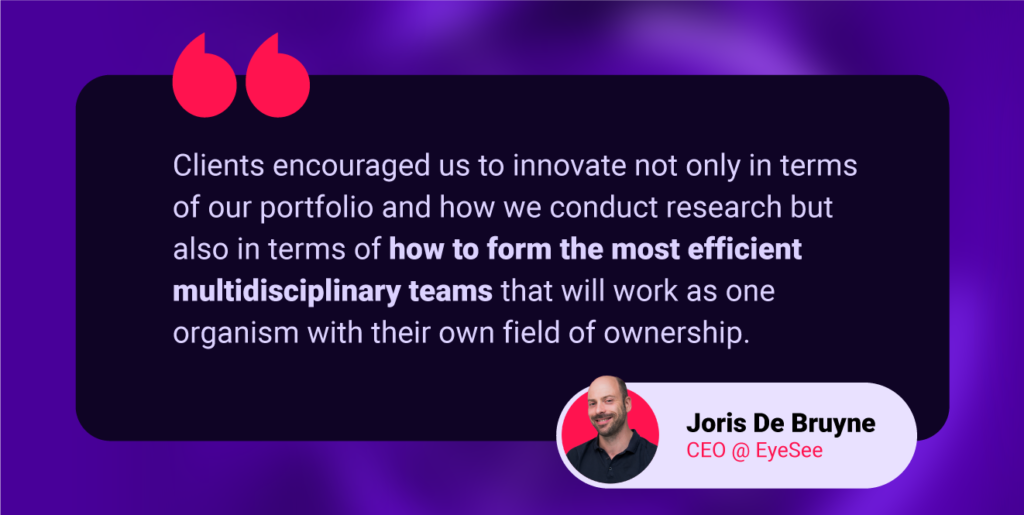
Innovation doesn’t stop with the big idea; rather, it is more like an initial bang that will start the chain reaction of transformation and innovation. If it doesn’t provide that “big bang” one may ask, was it a real big idea in the first place?
Trust your instincts in picking partners
After our big idea and initial growth and development that led us to travel overseas and open an office in New York, our desire to improve remained strong. However, sometimes, especially when growth is rapid, companies require the assistance of true allies and visionaries. Someone who sees all the possibilities while keeping a bigger picture in mind.
In our case, that kind of validation, support, and knowledge came from the main investors, ING Corporate Investments, and Smartfin , who acted as our strategic financial partners.
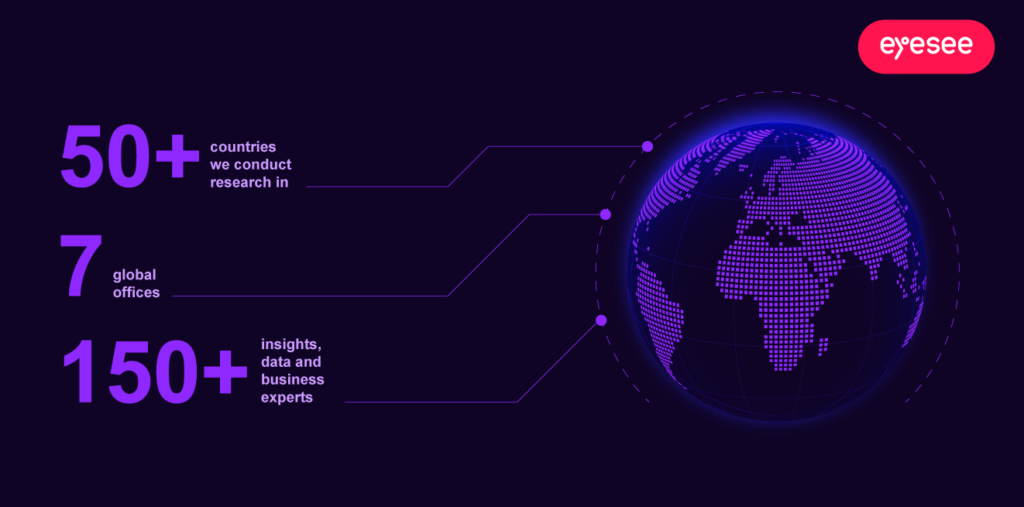
The capital raised was resourcefully invested into building an R&D team, expanding our commercial and operations teams, revamping our organizational structure based on multidisciplinary client pods with agile support teams and opening new markets. We ended up operating on four continents and providing insights in50+ markets, thanks to our openness and the vision and faith our clients placed in us. We expanded and opened new offices in Mexico and Singapore, all while dealing with a global pandemic. Such results wouldn’t be possible if we were in it alone.
The partnership was grounded on these solid pillars; trust, and a curiosity for developing new tech that would enable us to take the unbeaten path.
When in doubt, always set your course forward
While looking back is grounding, a more important question is – what’s next? If priorities need to be set – what serves the future, as opposed to what we are doing now? For EyeSee in particular, we plan to continue leading the social media insights game. Our massive collaboration with TikTok in 2023 resulted in the largest behavioral study done on the platform; by testing 60 ads by 20 brands across categories, we were able to discern creative guidelines.

Cultivating technology is part of our company’s DNA so, for example, it is not surprising that we have released deep learning instead of a machine learning based algorithm for our Eye Tracking methods. Obviously, we are taking that forward across platforms to Mobile. We are also developing a Client Collaboration platform so that our operational efforts can progress smoothly and make insights for our clients more easily accessible with as little friction as possible.
All these priorities are directly inspired by our clients’ needs. Client-centricity is not only healthy but a key ingredient of success. Stop, listen, collaborate and iterate; it will make you ten-fold better. So, in the future, I see an amazing team of multidisciplinary talented individuals sharing curiosity and eagerness that we are today, to keep making a difference in the exciting market research space of tomorrow.
Interested in diving deeper into consumer behavior knowledge, tune in and follow our podcast you can acquire here.
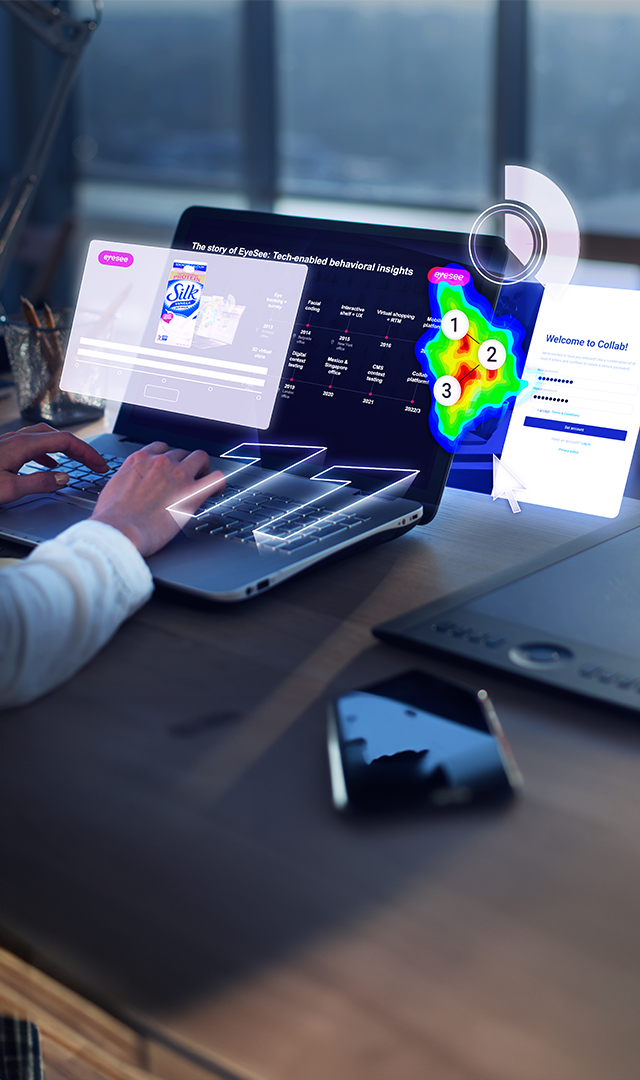





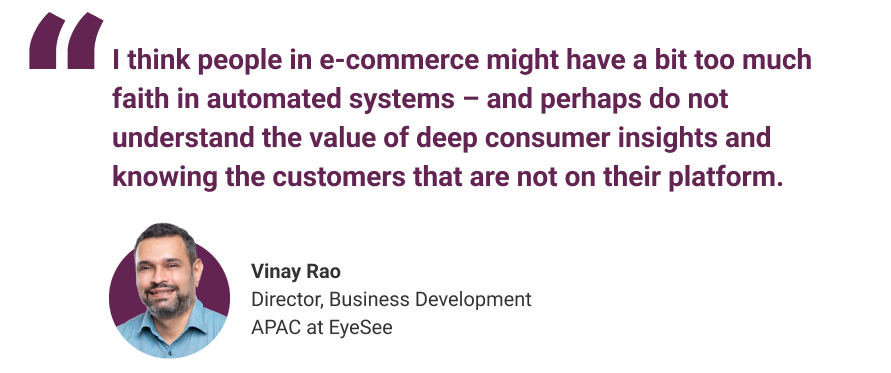
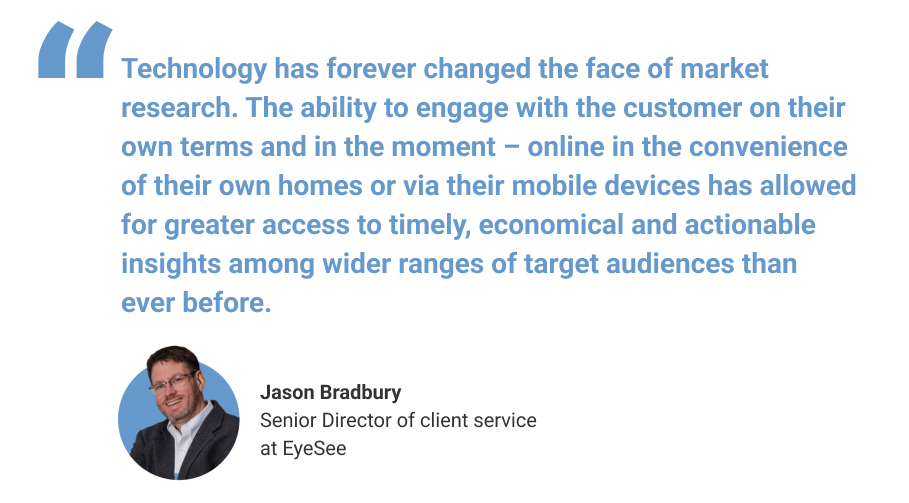
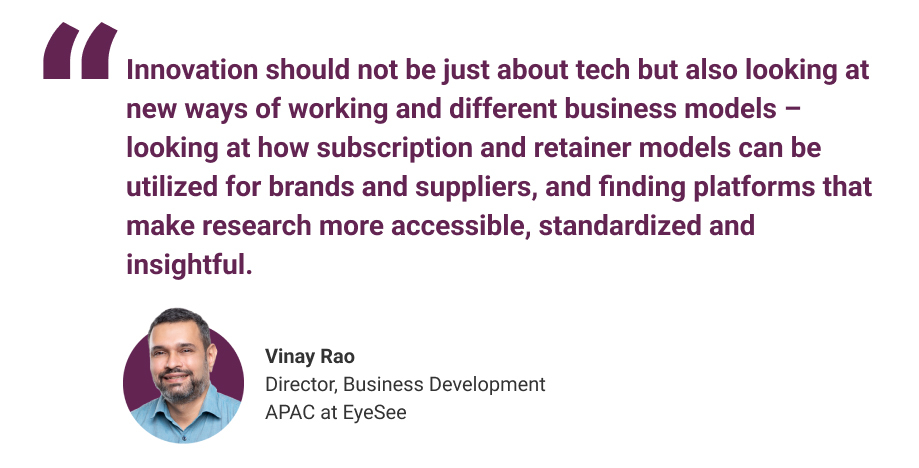
 Jason Bradbury is the Senior Director of client service at EyeSee and a highly seasoned research professional of 30 years. He partnered with many Fortune 500 firms on marketing communications and shopper insights engagements.
Jason Bradbury is the Senior Director of client service at EyeSee and a highly seasoned research professional of 30 years. He partnered with many Fortune 500 firms on marketing communications and shopper insights engagements. Vinay Rao is New Business Development Director at EyeSee with a broad experience in the Market research industry across four countries in APAC and with various methodologies in shopper, innovation, and brand research.
Vinay Rao is New Business Development Director at EyeSee with a broad experience in the Market research industry across four countries in APAC and with various methodologies in shopper, innovation, and brand research.


